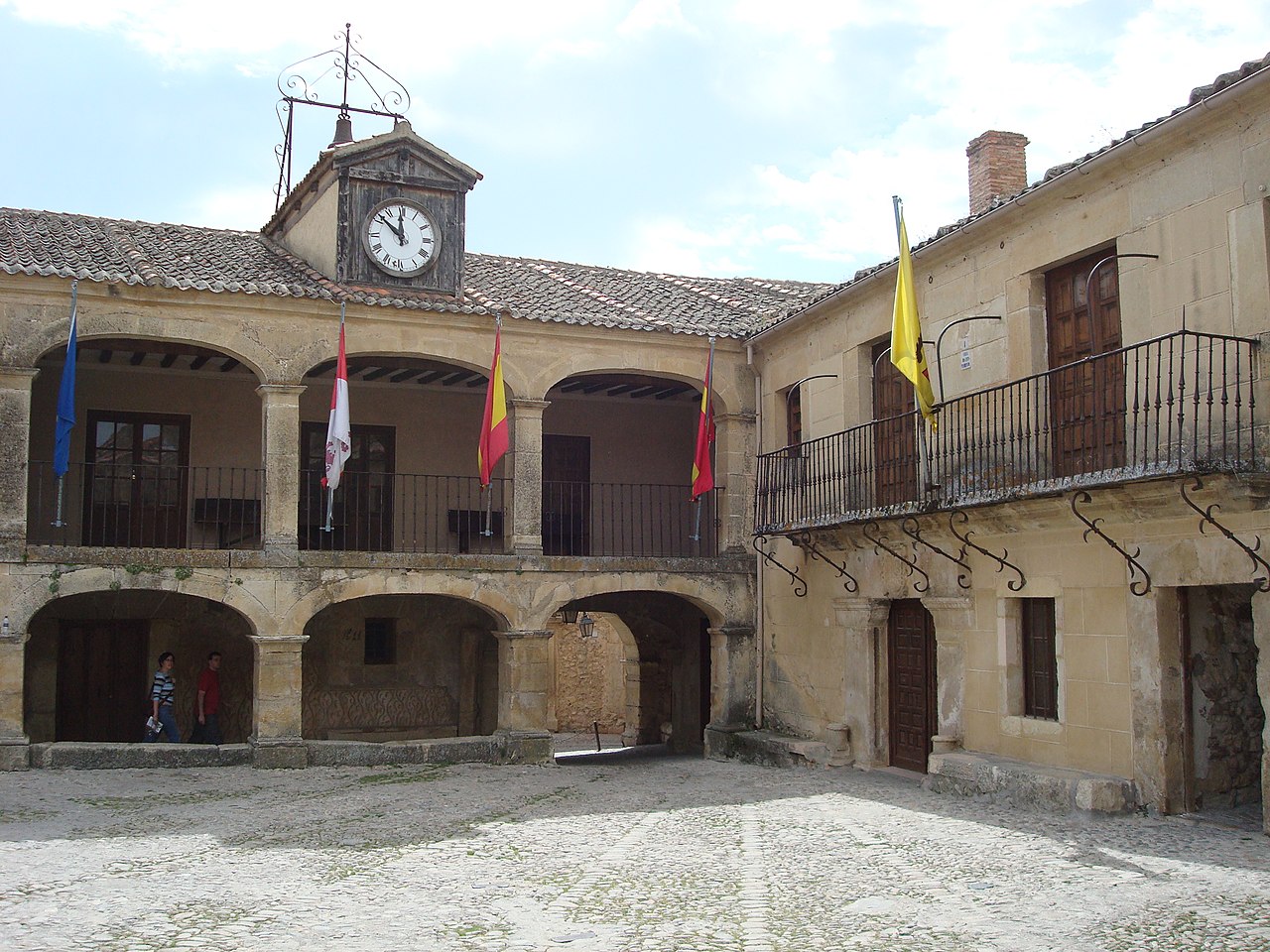
Pedraza Town Hall
The town of Pedraza is one of those towns that seem to have stopped in time. As with other towns in the province of Segovia and the community of Madrid, for example, Maderuelo in the first and Buitrago de Lozoya in the second, Pedraza retains its medieval charm almost intact.
It was repopulated in the XNUMXth century and reached its maximum splendor in the XNUMXth under the protection of the noble house of Velasco. At that time, the Segovian town served as a market for the area. And, for being on a hill, also as a fortress that protected it. Currently, the entire town of Pedraza is Monumental complex, for its many historical buildings, which were witnesses of that brilliant past. If you want to know her, we invite you to join us.
What to see in Pedraza
Although, as we told you, Pedraza was repopulated during the Middle Ages, apparently there was already a pre-roman castro exactly where the castle is located. Likewise, in the municipal area is the Griegan cave, which we cannot visit but where there is an important deposit of rock carvings. Instead, we can see other points of interest.
Gate of the Villa
The very entrance to Pedraza is already a monument. It was built in the XNUMXth century and renovated in the XNUMXth. It is a domed structure with two semicircular arches at its ends. In addition, on the outside there is a shield of the Velasco's house. The wooden gates that closed this access, the only one to enter and leave the town at night, are still preserved.
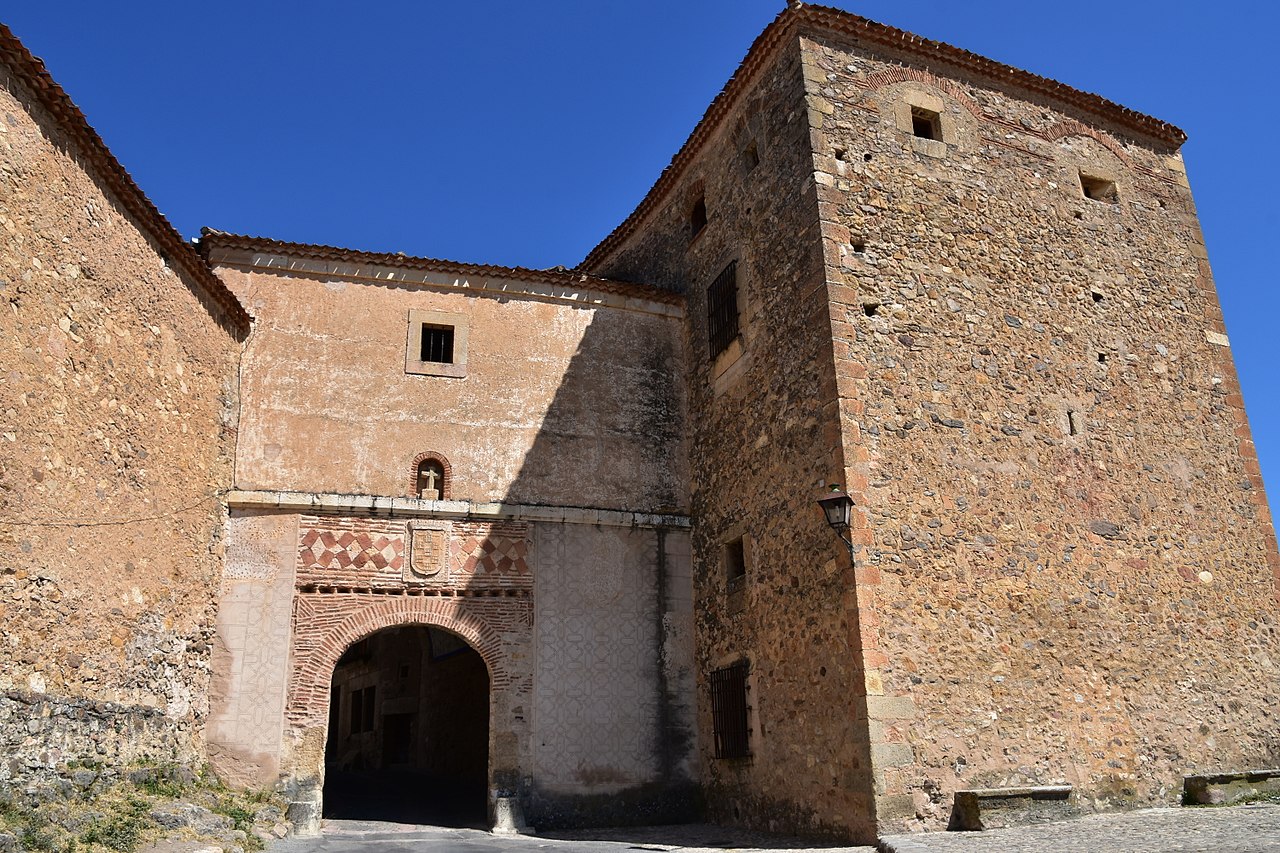
Gate of the Villa
Pedraza prison
It was precisely the jailer who was in charge of opening and closing that door. Among other reasons, because the prison was above that entrance, in what had been a watchtower. Currently, you can visit the jail, which was built in the XNUMXth century and which functions as museum. You will be impressed by how inhumane the treatment of the prisoners was.
Main square
From the previous place, you can reach the Plaza Mayor through cobbled streets framed by noble houses with a coat of arms. It is a porticoed enclosure of Castilian style where formerly the cattle market was held. In it, you can also see the building of the Town hall and the church of San Juan.
The church of San Juan Bautista
It is a Romanesque temple that, despite having undergone several reforms, retains much of its original shape. The imposing tower, very high and with a double arcade in its highest part. At its base, you can also see the peculiar "green balcony", built by the aristocrat Juan Pérez de la Torre to witness the bullfighting festivities that were held in the square in the past. For its part, the interior stands out for its bombastic baroque decor and you can also see in it a baptismal font from the thirteenth century.
The castle of Pedraza
It is the most impressive construction of the Segovian town both for its good state of conservation and because it is in the highest part of it. It was built in the XNUMXth century, although it was rebuilt in the XNUMXth. Likewise, it was reformed in the XNUMXth century by adding a large defensive wall that has been restored a few years ago and that you can also visit.
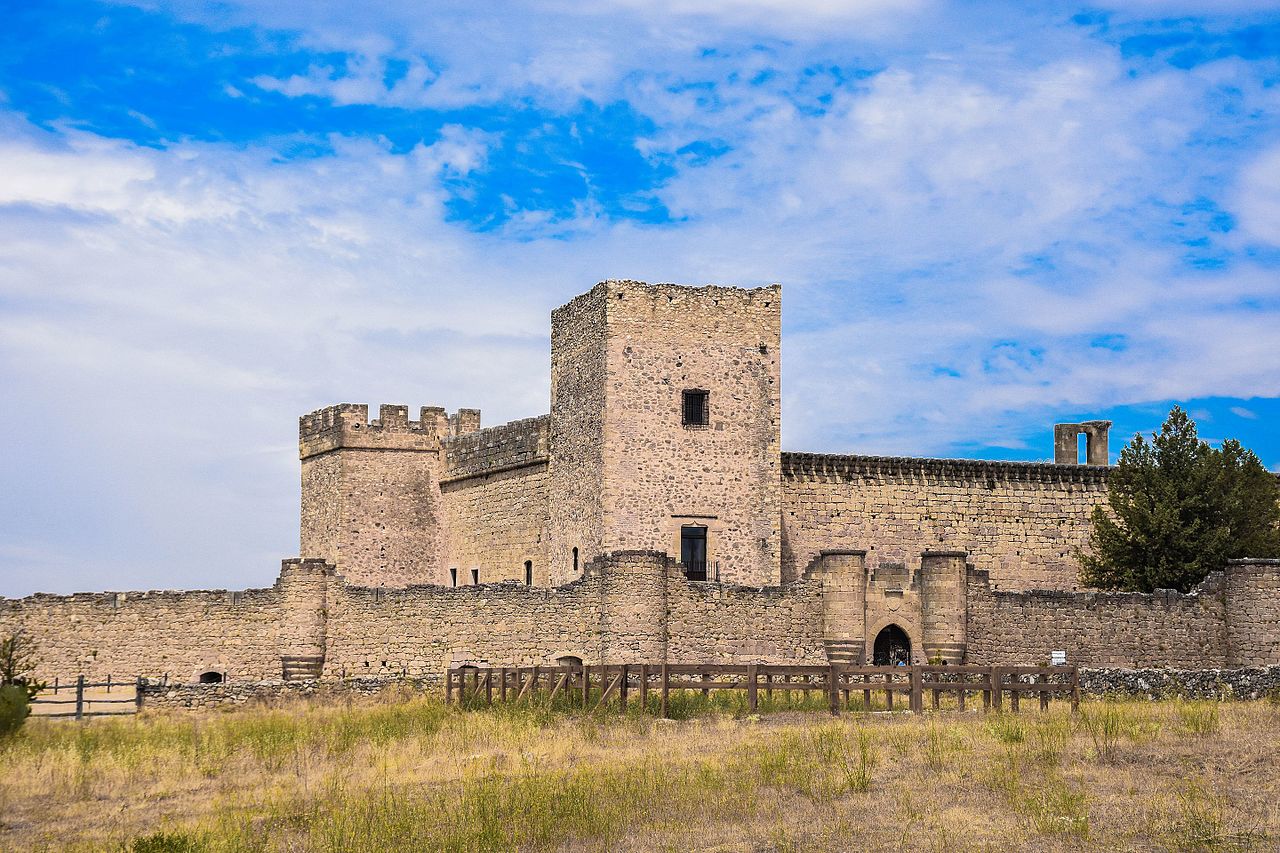
Castle of Pedraza
The castle stands out for its imposing tower of tribute, its moat and the Hontanilla tower. The latter currently works as an audiovisual room and allows you to see a spring that is fifteen meters deep.
But, along with its beauty, the castle holds some curiosities. For example, it was acquired in 1926 by the great painter Ignatius Zuloaga, who established his studio in it. Currently, you can see a small museum with some of his paintings. You will also be interested to know that two sons of the King Francis I of France (one of them the future Henry II) after the Battle of Pavia.
Outside the walls of Pedraza
You also have things to see outside the core of the village. Highlights the house of the Imperial Eagle, which houses an interpretation center on the nature of the Sierra Norte de Guadarrama and on that species of bird. Also, abroad are the San Miguel gardens, of medieval origin. Finally, if you want to have a global vision of Pedraza, you can do the hiking route to the viewpoint of the Tongueras.
When is it better to go to the Segovian town
The Segovian town is more than a thousand meters above sea level and this influences its climate. Winters are cold, with temperatures that can drop to several degrees below zero. Summers are very hot, with days exceeding thirty degrees. In terms of rainfall, they are not very abundant compared to other regions, but they are more frequent than in other parts of the plateau.
Therefore, the most pleasant moments for you to visit Pedraza are spring and fall. However, if you bear the cold well, you can also go in winter and, in the same way, if you endure the heat, summer is a very good time to get to know the Segovian town.
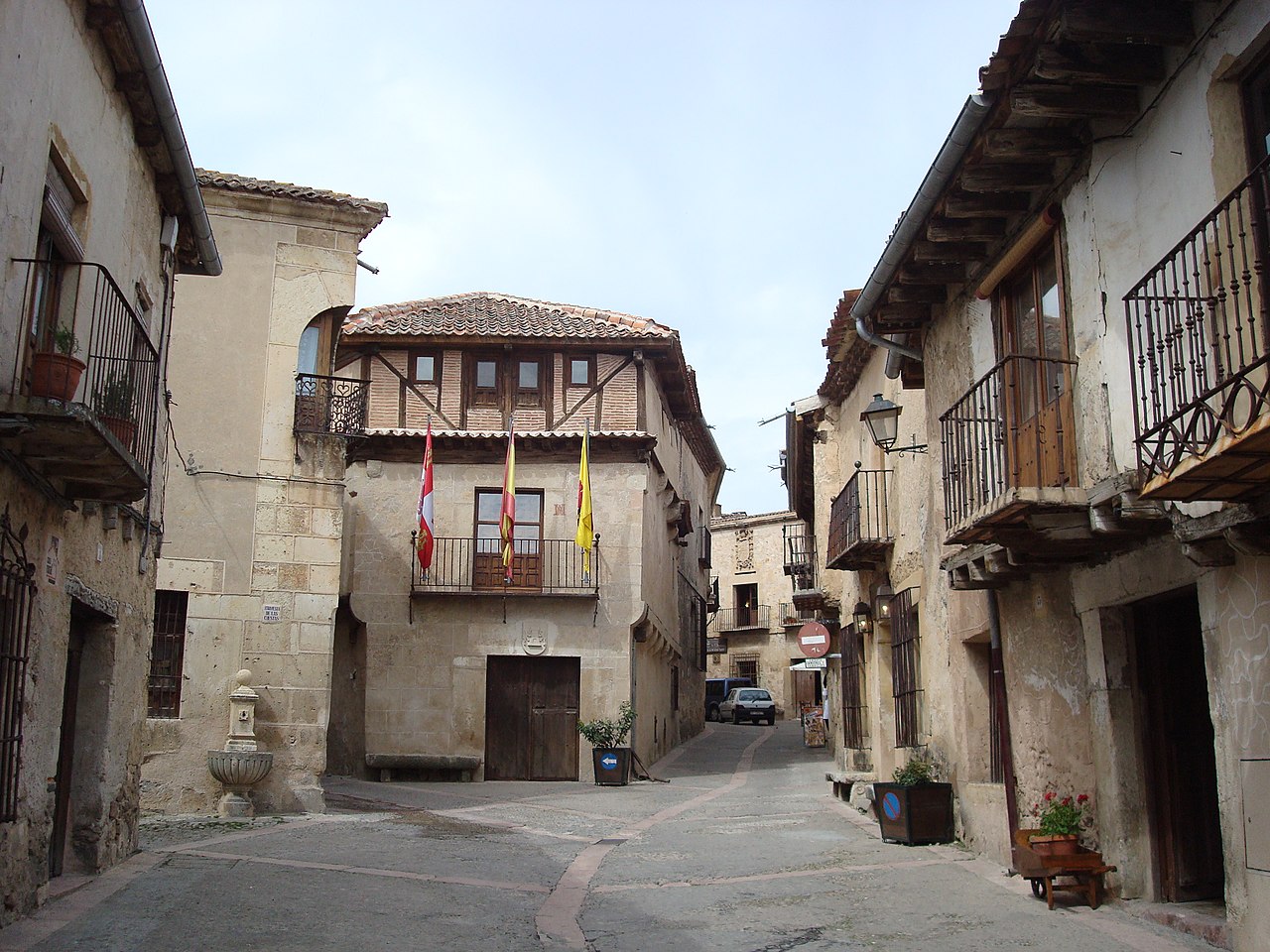
Pedraza street
Pedraza festivities
Precisely in the summer season the two main festivals of Pedraza are celebrated. One of them is the call Night of the Candles, which takes place at the beginning of July and during which the entire town is adorned with thousands of them creating an impressive effect. Various musical performances also contribute to this. And the other is the party in honor of the Virgin of Carrascal, at the beginning of September, in which the procession with this religious figure stands out.
Gastronomy of the Segovian town
The gastronomy of Pedraza does not present outstanding particularities with respect to that common to the entire province Segovia. Therefore, its star dish is roast pig. And also other meats such as suckling lamb. However, very typical of the town is the lamb meat frit, a kind of stew prepared with parts of this animal, potatoes and a lot of paprika.
Within legumes, you should try the beans from La Granja. In tortillas, the call stands out to the good old, which combines the egg with pieces of bacon. And, regarding desserts, you will like the Ponche Segoviano, which is not a drink, but a cake filled with pastry cream. You can also try the donuts and the pork rind cake.
All these dishes are offered by a good number of restaurants in the town itself, where you will also find hotel establishments in case you want to spend the night there.
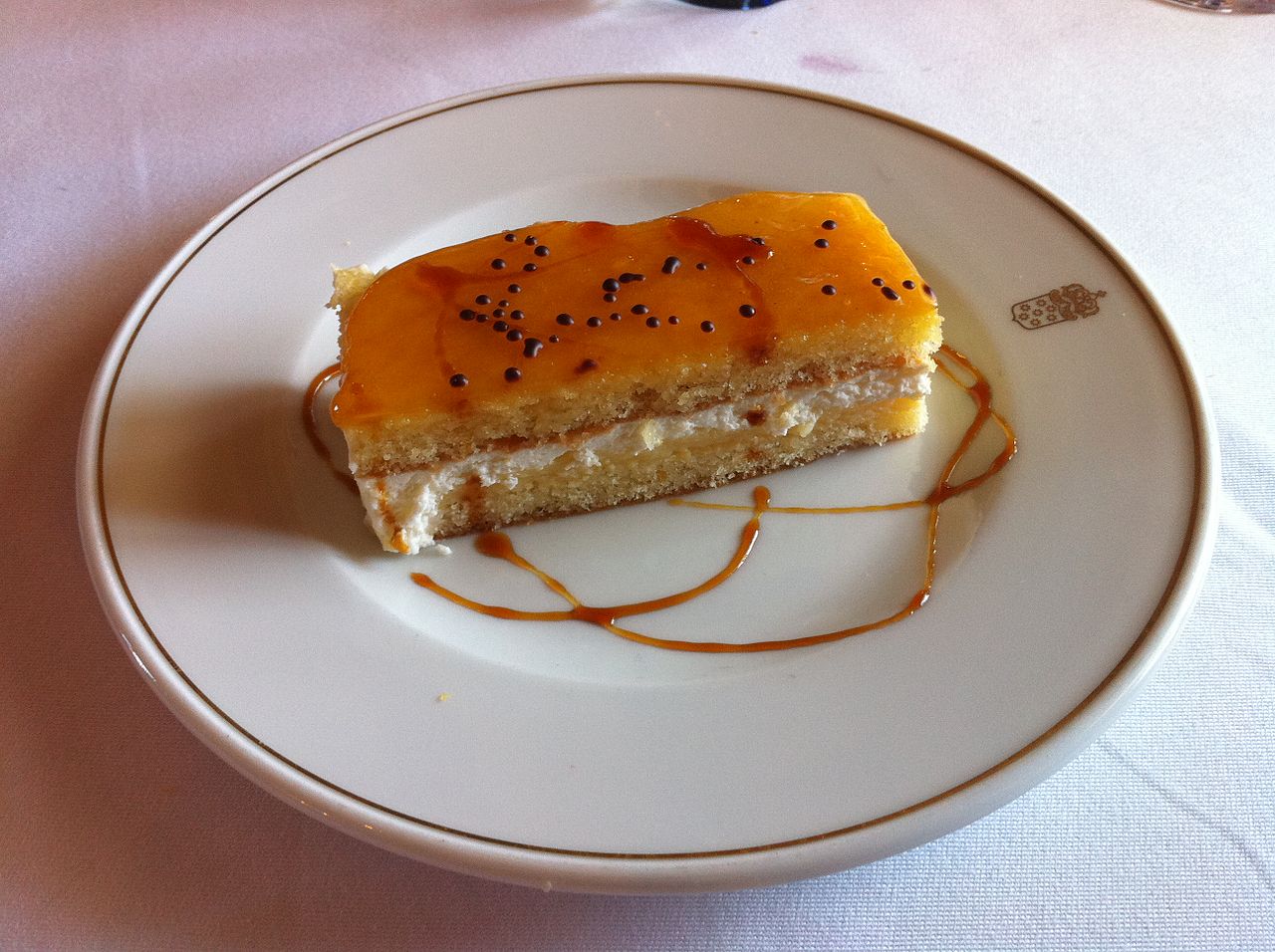
Ponche Segoviano
How to get to Pedraza
The best way to travel to the Segovian town is with your own car. If you come from the south, you have to take the road N-110 and, at La Salceda, take the SG-232. Then, in La Velilla, you turn south again through the SG-V-2512, which takes you directly to Pedraza.
If, on the other hand, you come from the north, for example from Valladolid, the best way to get to the town is the SG-V-2313 and then continue on the same SG-V-2512. Once in the villa you have a wide parking on the esplanade of the castle. However, you can also travel in bus. You have them from Madrid and from Segovia.
In conclusion, if you want to be transported to the Middle Ages but with the comforts of our time, one of the best places you can find is Pedraza, with its narrow cobbled streets, its noble houses and its magnificent gastronomy.